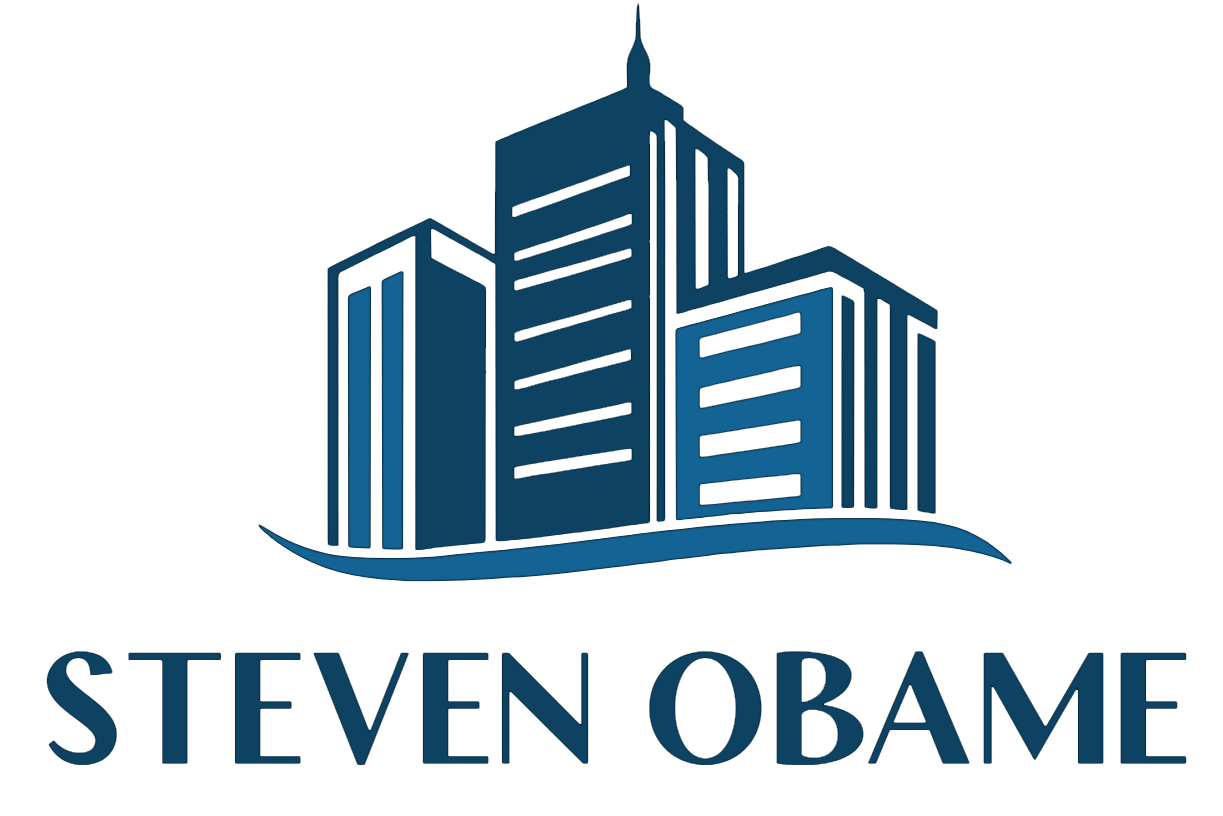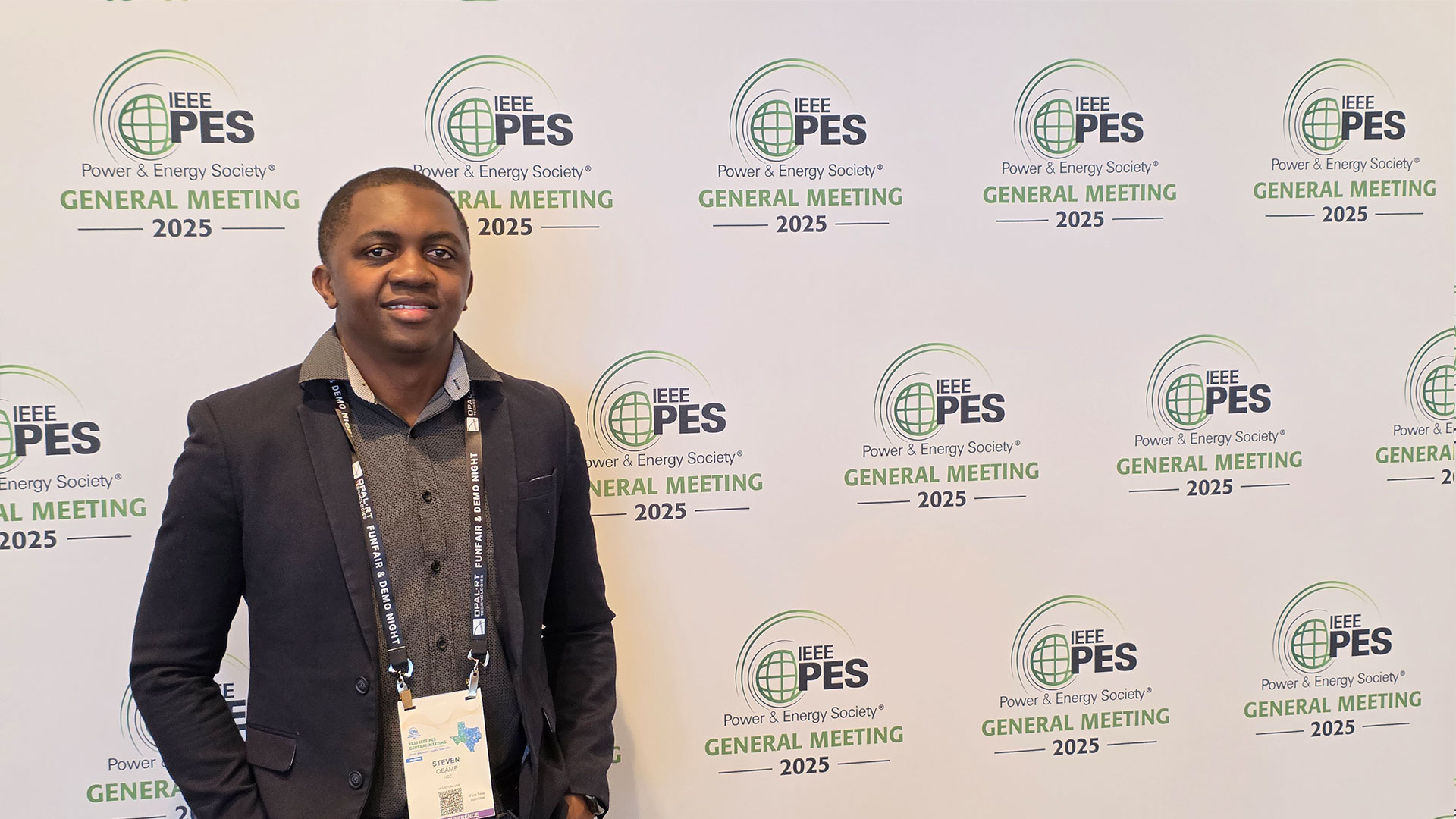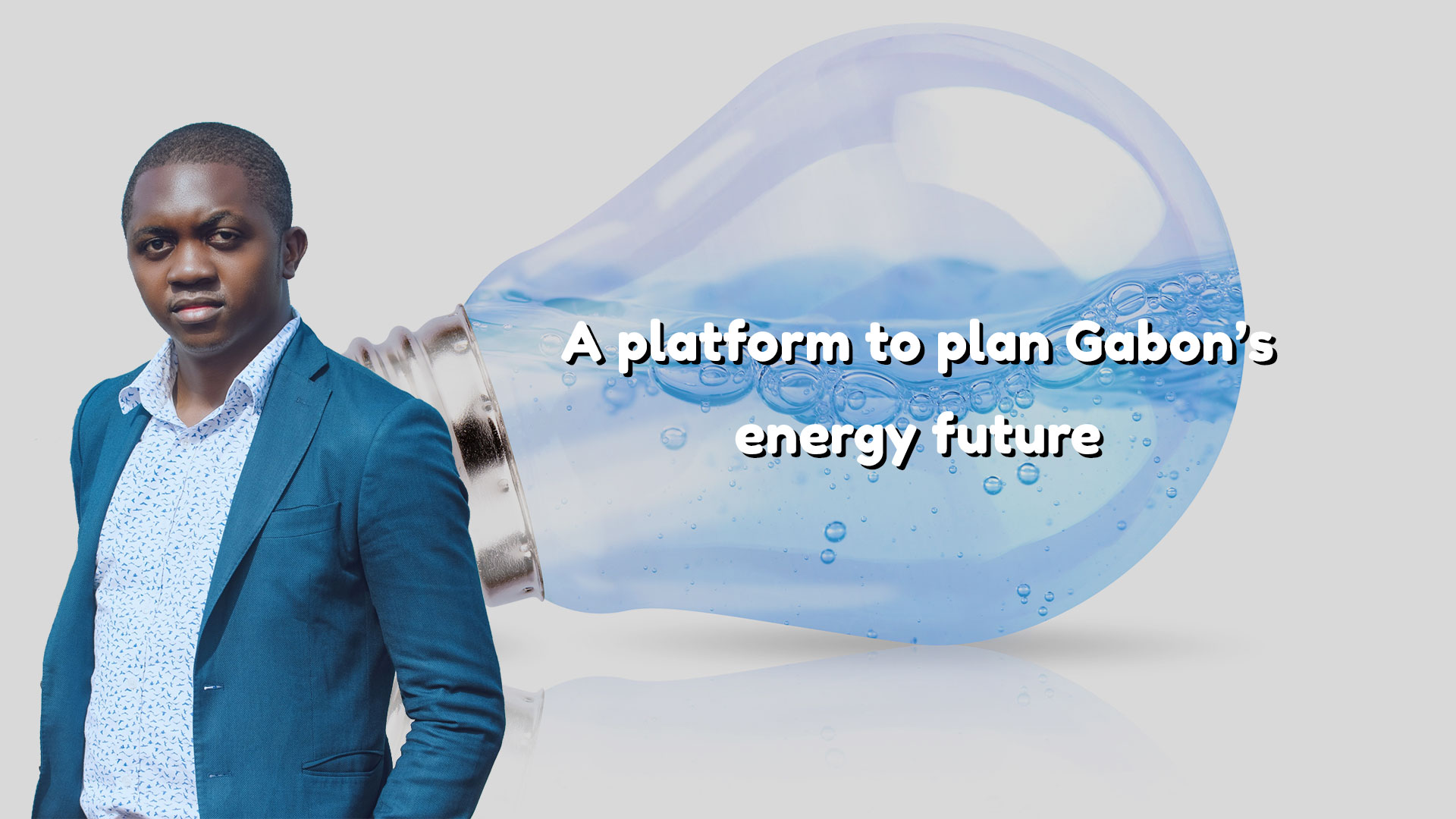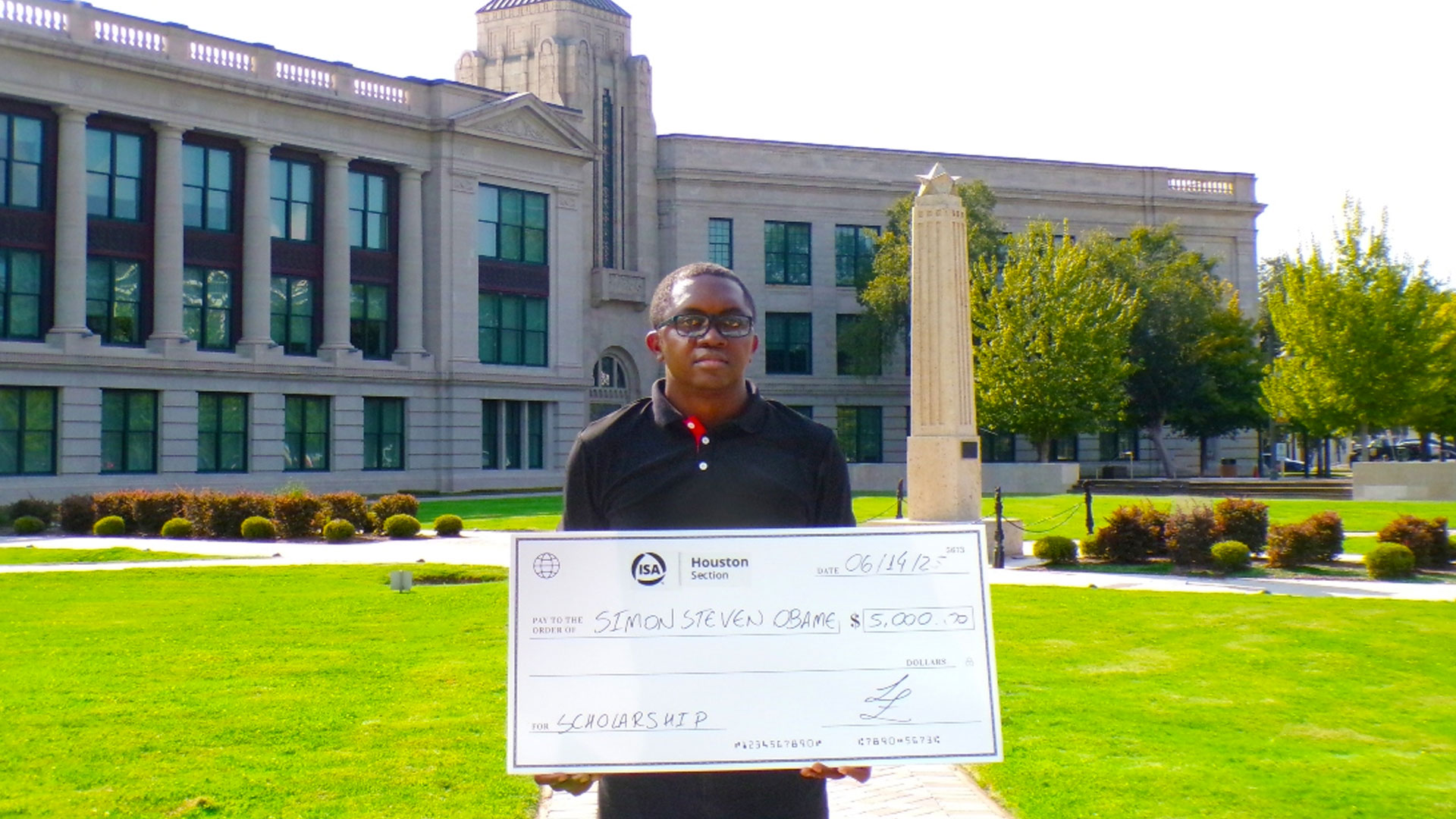The IEEE Power & Energy Society General Meeting in Austin brought together more than 3,000 engineers, researchers, and industry professionals from over 60 countries for five days of learning, networking, and exploration of the future of electricity.
Attendees had access to roughly 600 technical presentations, 150 panel discussions, and a bustling exhibit hall where nearly 40 companies showcased advances in everything from grid-forming inverters to predictive-maintenance platforms. The atmosphere buzzed with a shared commitment to building a cleaner, more resilient electric system worldwide.
From the opening plenary on grid transformation through to the closing sessions on peer-to-peer energy markets, three themes stood out: automation, advanced energy management, and smart-grid integration. Automation sessions explored how self-tuning protection relays and real-time fault detection can reduce outage times and safeguard equipment. Energy-management tracks dove into data-driven demand-response, machine-learning forecasts for peak shaving, and platforms that coordinate distributed resources without human intervention. Meanwhile, smart-grid workshops highlighted hybrid AC/DC microgrid architectures, islanding strategies, and the role of edge controls in facilitating two-way flows between utilities and end users.
Navigating the crowded schedule, I focused on discussions rather than formal presentations. I spent time with authors of recent papers on adaptive protection schemes, probing how they validate relay-setting algorithms against live grid data. Their demonstrations of relays that adjust thresholds as downstream generation fluctuates were particularly compelling, an approach that promises faster restoration after faults without manual recalibration.
Throughout the week, informal chats over coffee and during poster sessions proved just as valuable as formal sessions. Hearing rotating perspectives, from utility operators to control-system vendors, gave me a richer view of how automation and advanced controls are being adopted on the ground. It also reinforced the idea that open dialogue between academics, manufacturers, and field engineers accelerates innovation more than isolated research ever could.
The IEEE PES General Meeting reminded me that automation and intelligent energy management are no longer experimental ideas but essential tools for a decarbonized grid. As I apply these lessons to smart-building integration and rural electrification projects, I’m more confident in designing systems that self-optimize, minimize outages, and adapt to changing energy patterns. Collaboration remains the cornerstone: by exchanging hands-on experiences and testing new controls in real networks, we can turn cutting-edge research into everyday reliability, and power a cleaner future together.
Steven OBAME











